Designing Time: from Past to Presence
4/6/2025
Hello from Joshua Tree and happy spring!
I feel a bit like a bear emerging from hibernation with this post– but the last few months have been anything but sleepy. So much progress, so much distance covered. There's a lot to say, but I'll bias for brevity here (while sending the future updates on a more frequent cadence).

Once the decision to go analog was made, it was like a dam burst. I was hooked by the puzzle: how to make an analog timer that allowed for multiple times and which struck a bell upon completion?
Precedent
I started by researching ancient clocks– after all, surely some historical inventor must have already figured this out, right? In my digging, I found some relevant precedent:
First off, I learned that humans have been using water timers for more than 3000 years. Bonkers. The oldest ones (c. 1400 BCE) were used to track the nightly timing of ritual funerary rites in Egyptian tombs.
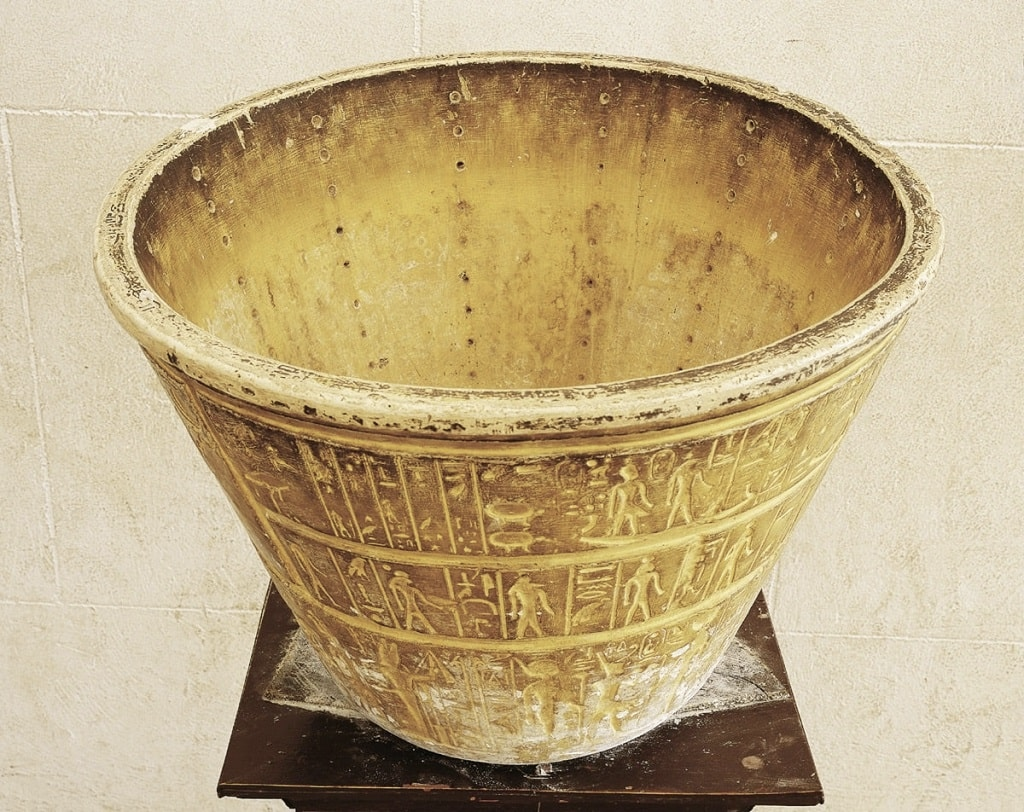
A few centuries later, the Greeks, who called these water clocks "clepsydra", or water thieves, extended the design, improving things like the consistency of flow-rate. Supposedly, Plato invented the first alarm clock out of a clepsydra. After 7 hours of dripping, a pressure induced whistle, similar to one on a tea kettle, would blow to wake him so he could prepare for his morning lectures.
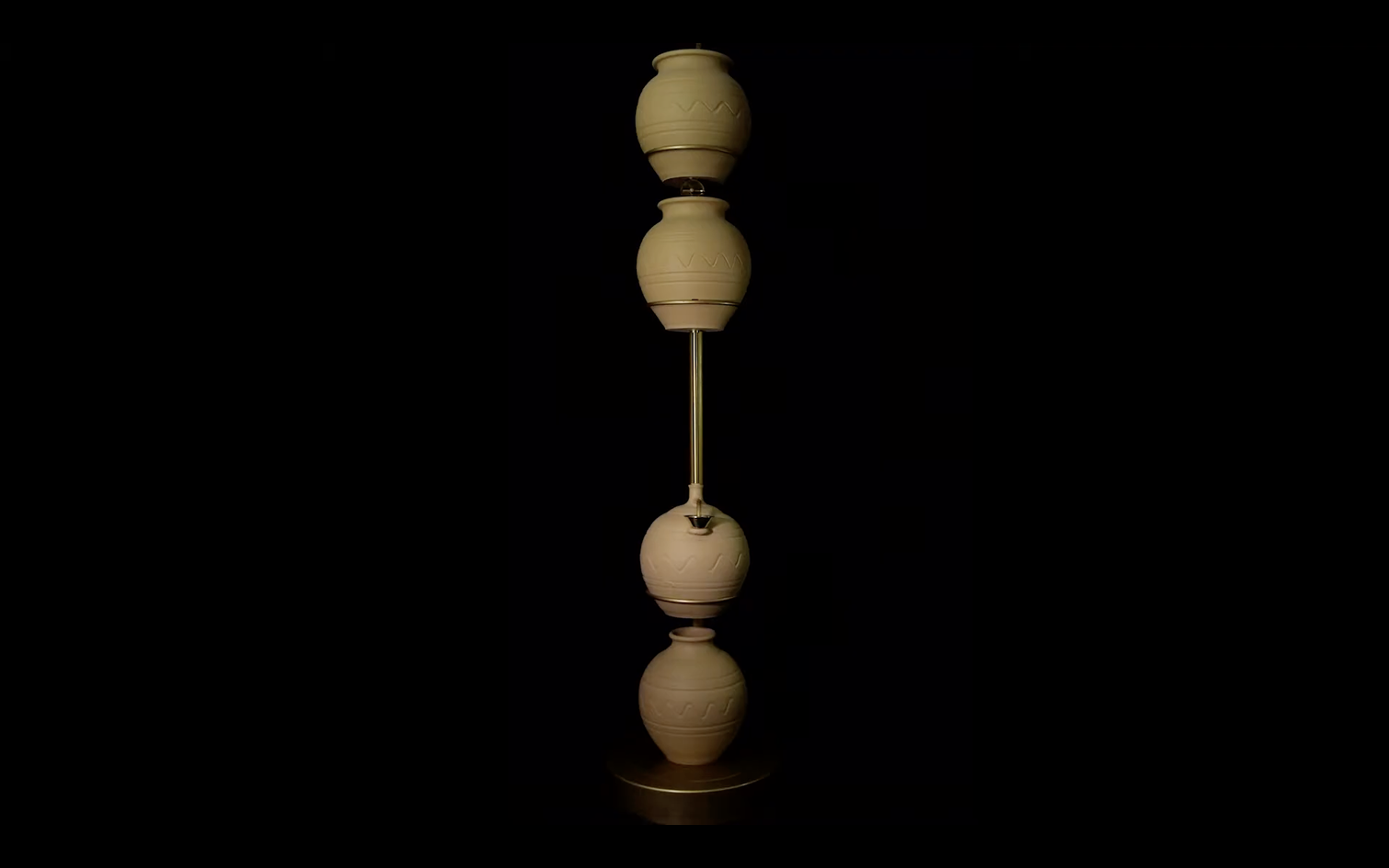
At some point, a few smart humans figured out how to release energy in precise intervals. These mechanical devices are called escapements and, because of their measured consistency, are absolutely wonderful for tracking the passage of time. As such, they're the core mechanism that powers mechanical clocks. The gif below shows an anchor escapement, similar to what would be used in a pendulum clock. Want a deeper dive on escapements and their history? I really enjoyed this youtube vid.
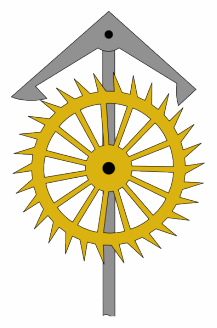
Throw all of this context into my noggin and pretty quickly, I started getting my own ideas. While there are no bad ideas in brainstorming, most of my early explorations were very not good. But, as my architecture professors used to say, “the best ideas are at the bottom of the pencil”. That’s the crux of the ”no bad ideas” mantra: you might need to make bad things to discover good things. At the very least, in the process of creation, you want to cultivate a context where good ideas can arise. That context looks playful. It looks like “yes, and”. It looks non-linear, explorative. In design, we call this process “divergence”.
Divergence
Right off the bat, there was the simplest concept:
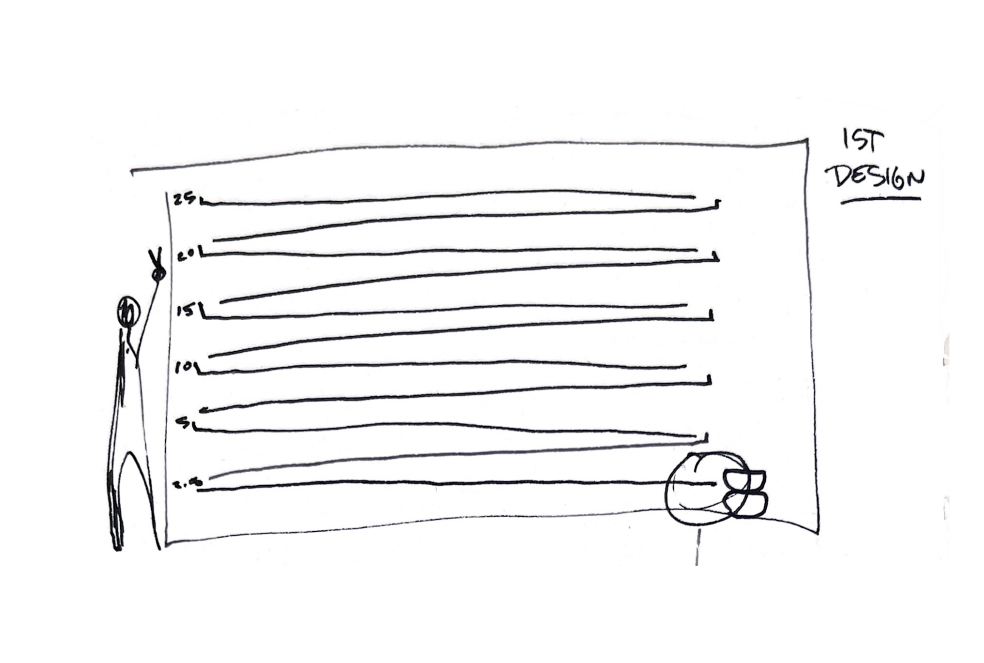
In this design, you'd place a marble on a ramp– the higher up, the longer the duration. The marble would travel down the set of ramps, ending it’s descent by striking a bowl. Unless you have a massive wall that's just begging to be bedecked in ramps, this isn't gonna cut it. But you gotta start somewhere.
Next up was another rube goldberg marble contraption:
![Another sketch of an analog timer concept. Text on the page says "Works. Could be better, but it works. 1 Minute is better than nothing at all. [Though from] sitting last night. This doesn't address that... Quality is discovered thru [sic] iteration"](https://cdn.sanity.io/images/loxxtgl3/production/7306ba32a9d454a881c5cfef77d94c1393abbb15-984x663.png)
In this device, you’d place marbles (say each was equal to 5 minutes of time) on one side of a seesaw. You’d take another one of these marbles and place it at the top of a ramp. When the desired duration of time passed, the seesaw, now inverted from its starting position, would release the marble on the ramp, which would descend to strike a bowl.
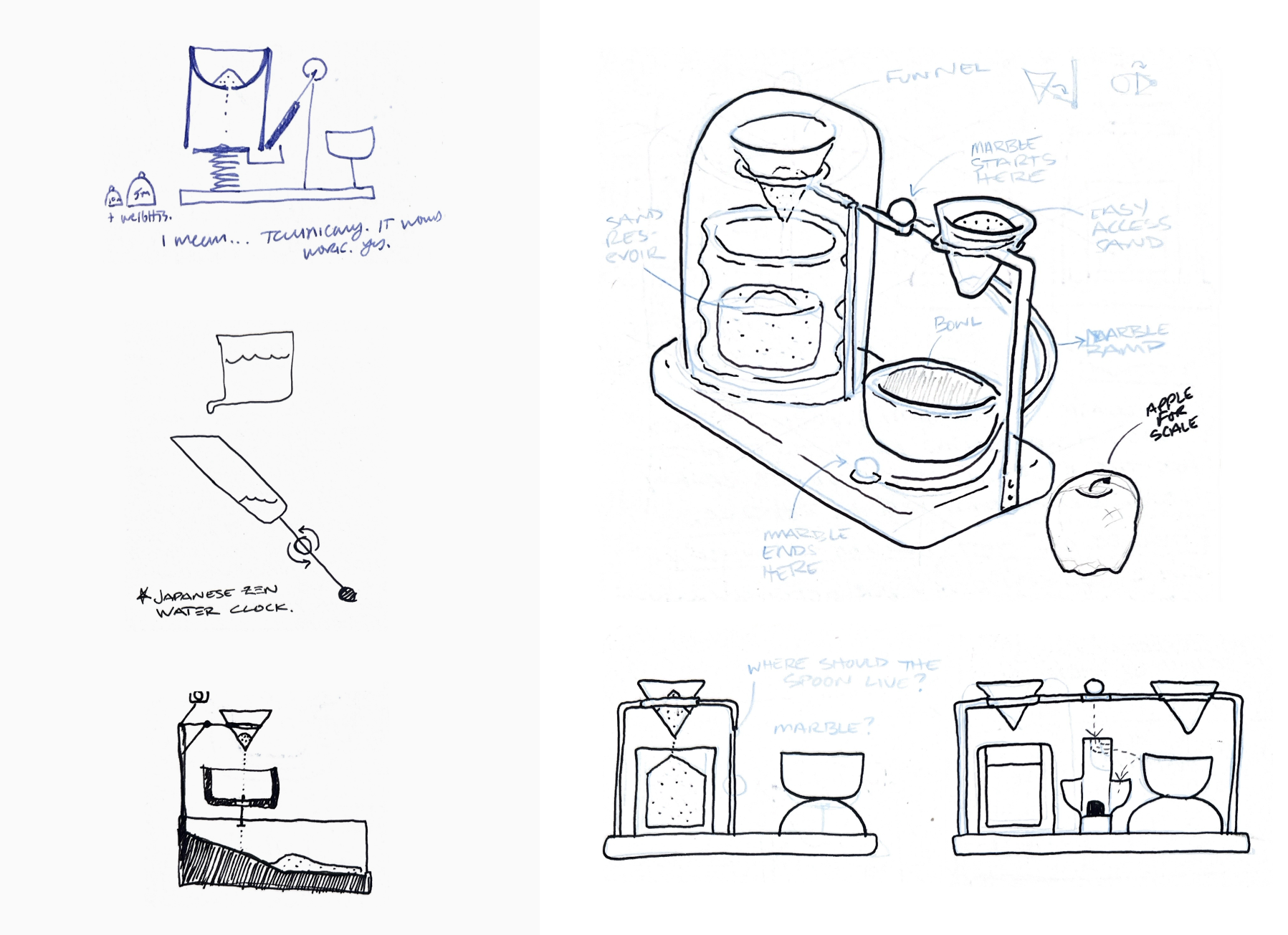
After a few months, my sketchbooks were overflowing with these sorts of sketches. I'd learned about all sorts of mechanical systems– springs, levers, pulleys, magnets, and more. Divergence is great in this way: you put in legwork and end up with a map of a previously unchartered territory. But at a certain point, you need to formalize the choices to be made in order to start converging towards a solution.
Convergence
Through my explorations, a handful of questions had crystallized:
- What mechanism would I use to track the passage of time?
- What object would make the best acoustic tone?
- What would strike this resonant body?
- What feelings do I want the form and interactions to instill in the user? (i.e. how might I elevate this from the rube goldberg aesthetic?)
For today, I'm going to focus on the first question: how would this device track the passage of time?
Water
Originally, I thought water could be a viable path. After all, if it worked for the ancients, why not for us? But drawbacks soon arose:
- The form of the device would need to account for and minimize/negate sounds of dripping.
- The viscosity of water changes based on its temperature, which would mean that the device would either need some mechanism for calibration or, lacking that, would be only loosely accurate.
- You might need to refill the reservoir due to evaporation. Or, if the water didn't evaporate, having a pool of still water could get grody pretty quickly, so you might need to empty it. Either way, this all seems like more maintenance than I'd want for a meditation timer.
Given all of these hurdles, I decided that water wouldn't work.
Flame
So, if not water, what about its opposite?
While the ritual of lighting a flame to begin a mediation is very vibey, I want to make an object that you can use over and over again– a device that is inexhaustible. Any method using flame would require the consumption of some material: candles, oil, incense sticks. While I have some fun ideas here for future projects, flame is a non-starter for this effort.
Sand
Sand is very compelling: it passes silently and has an aesthetically resonant quality.
There are some concerns though: would it need to be contained? If it wasn’t contained would it make a mess? How would the necessary mechanisms for setting the time and striking the bell work? If the sand wasn’t contained would it deteriorate said mechanisms? If it was contained then how would those mechanisms even work? Hard questions, but interesting ones! I'm pushing forward with this path.
Mechanical escapements
This would absolutely be the most straightforward thing to design. But there's a big question: could it be made silent? Some time ago I tried meditating with a kitchen timer, but the tick-tick-ticking from the escapement made for a challenging sit. I try to cultivate equanimity around noise when I meditate, but choosing a noisy device seems silly to me.
There are designs that reduce the ticking, such as grasshopper escapements, but no escapement is completely silent. Could the mechanism be placed in a sound-proof container? Are there mechanical systems outside of escapements that would be silent? I'm curious about this, and am exploring this path too.

Lots more to share (like a video from a working prototype made with some newfound collaborators!!!) but I'll leave that for next time. Till then, as always, I'd love to hear what resonated with you. Additionally, if there's inspiration or other paths you think I should check out, don't hesitate to drop me a line.
– dunc

Get future updates in your inbox